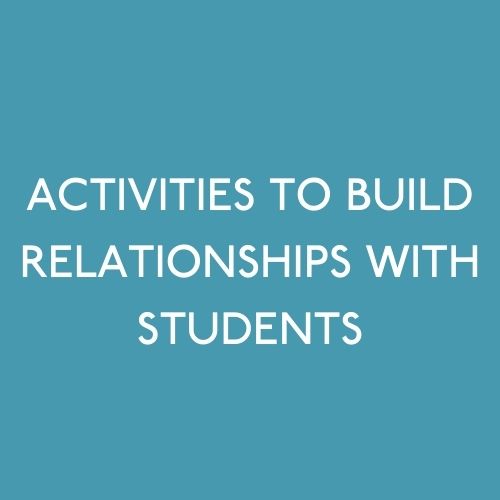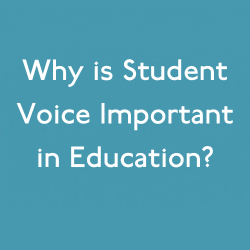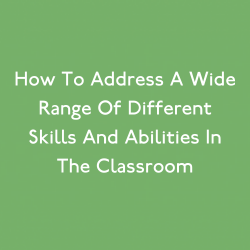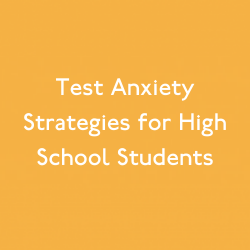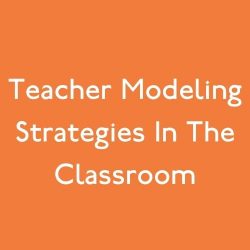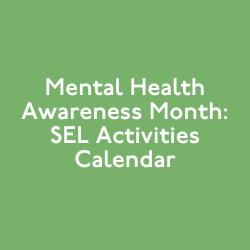Relationships don’t just happen out of thin air – they take time! Think back to the relationships you had with your classmates when you were growing up. Perhaps you formed friendships with the people you saw more frequently, but chances are your best, most meaningful relationships were built on more than proximity. It takes work and time to build relationships with students!
While strong classroom management can help teachers facilitate learning in a room full of students, strong classroom management is not the only – or most critical – factor in building healthy student teacher relationships. Social emotional learning is one of the best ways to build relationships with students. Whether you’re looking for strategies to use in the classroom or activities to build relationships with students virtually, there are many ways that educators can intentionally create more positive relationships with students.
Relationship building activities allow you to get to know your students better – their interests, beliefs, and dreams as well as their learning preferences, educational experience, and perspective on school. This information is critical to better support students throughout the year. Most importantly, it doesn’t take an overwhelming amount of time to build relationships in the classroom. Activities like daily ice breakers, games, and eating lunch together can have a big impact on student teacher relationships.
Building a positive student-teacher relationship
It’s important to build positive student-teacher relationships all year long, not just at the beginning of a new year. Students are constantly growing, learning, and changing, and every day is a new opportunity to build relationships. Relationship-building activities can help alleviate the authority dynamic between students and teachers and allow for more vulnerability, which leads to more trust and respect. For example, games are a great way for teachers and students to interact and build relationships. Students get to see another side of their teachers, and teachers get to model or demonstrate what struggling or losing may look like for them – something students hardly ever see teachers do. Games, like video games or playground classics, are just one example of ways to build relationships with students.
Teachers must also have a clear and strong understanding of self to build and maintain healthy relationships with students. Unlike relationships with peers, teachers hold power and responsibility in building relationships with students. For example, if a student confides in their teacher that they frequently don’t have food to eat at home and they’ve started passing out from hunger, as a mandated reporter the teacher is legally obligated to take action for the safety of the student. The deeper relationships grow, the more likely it is that students may open up about sensitive topics.
Not only do educators need to be prepared and know how to respond, but they need to ensure that students understand the nature of the relationships and the responsibilities and obligations involved. For example, it could deeply hurt a student and feel like a violation of trust if they find their parent was reported to child protective services after telling a teacher that they are not fed at home. Instead, educators need to be upfront with students as relationships develop and provide “disclaimers” as needed so that students understand any consequences that may result from sharing. It’s also important to remember that a positive relationship with students doesn’t always mean an easy, well-liked, or favored relationship. The goal, of course, is not to become best friends; the goal is to establish trust, respect, and an expectation of care and support.
How do you manage relationships in the classroom
There are many SEL resources for teachers that can be used to strengthen relationships in the classroom – both between students as well as between students and teachers. Incorporating daily social and emotional practices into the classroom automatically builds in time for authentic connections and relationship building while creating a classroom culture and common language to support social, emotional, and mental wellbeing.
Besides classroom practices, there are habits and norms that teachers can establish to help manage relationships throughout the year. They may sound simple, but they can have a huge impact. For example, simply opening your classroom to students before school begins can set the stage for more organic check-ins, or observing students as they relax with their friends at the start of the day. This time can be a chance to see how students are feeling that day, ask them for help if needed (yes, teachers asking students for help!), or simply say a quick hello.
It’s also a best practice for teachers to be in the doorway or hallway during passing periods – yes, to monitor the flow of students in and out of the room, but also to greet students in the hallway and be available for a quick check in. You may be the first adult to say hello to a student and ask them how they’re doing that day. That moment in the hallway may take very little effort and have a profound impact to make a student feel like they belong.
There are many ways to build relationships with students, and chances are you’ve already tried some of these activities in your classroom! It only takes a little bit of intentionality to create moments, spaces, and opportunities to connect with students, check in, and have fun.
The Nation’s Leading SEL Company
Move This World is the leading provider of social emotional learning (SEL) multimedia experiences for students, teachers, and families. Our SEL programs are customized for PreK-12 students and are delivered through short interactive lessons with the goal of empowering students to navigate the rapidly-changing realities of their world – both in the classroom and throughout their lives. The impactful yet simple Move This World SEL curriculum allows educators and families to incorporate Social Emotional Learning into their schedules every day, without planning or prep.
Contact us to learn more about SEL Grants and bringing Social Emotional Learning to your classroom.
Related links:
